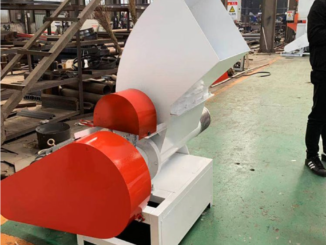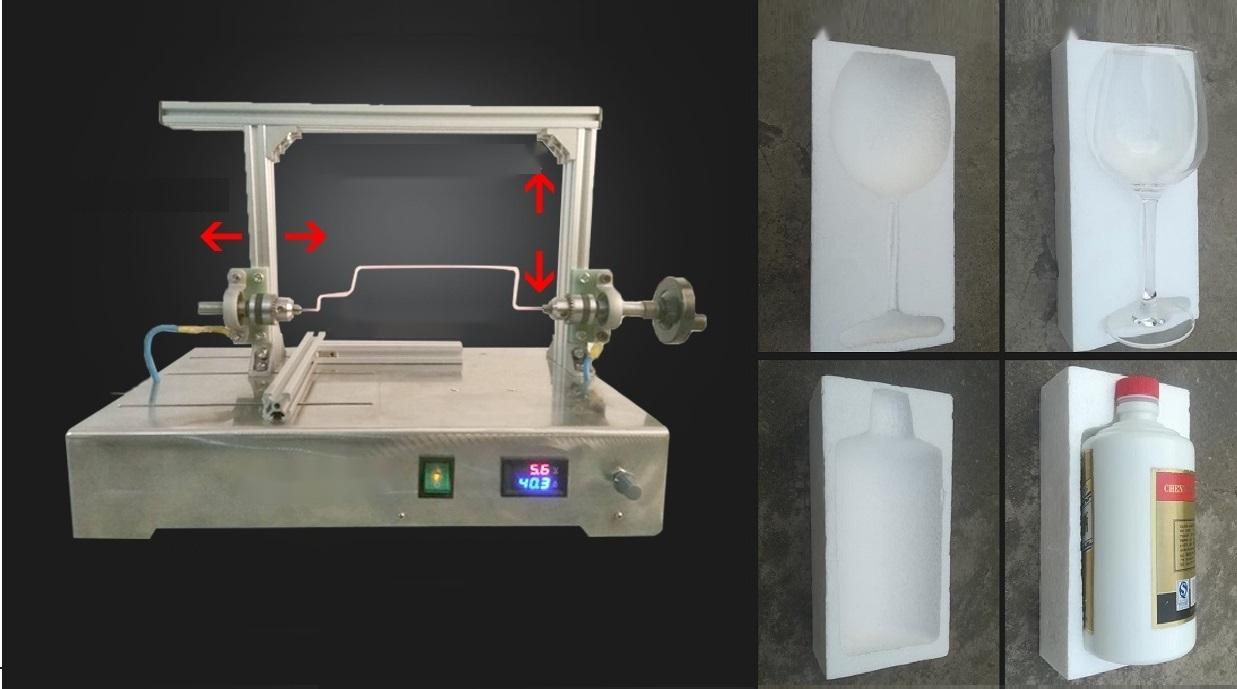
What are the materials difference for EPS cement and EPS concrete?
EPS cement and EPS concrete are both lightweight materials made with expanded polystyrene (EPS) beads. However, there are some key differences between the two materials. […]

EPS cement and EPS concrete are both lightweight materials made with expanded polystyrene (EPS) beads. However, there are some key differences between the two materials. […]

EPS cement is made from expanded polystyrene (EPS) beads, Portland cement, water, and sometimes sand, or a sand and gravel combination. Some experimenters and commercial […]

The density of EPS lump varies depending on the type of EPS and the manufacturing process. However, typical densities for EPS lump range from 10 […]

The steam capacity for an EPS plant will vary depending on the size of the plant and the production rate. However, a typical EPS plant […]

The heating chamber in an EPS melting machine is used to melt expanded polystyrene (EPS) foam. The foam is fed into the chamber, where it […]

Friction is the force resisting the relative motion of solid surfaces, fluid layers, and material elements sliding against each other. There are several mechanisms that […]

Hot wire foam cutting is a great way to create precise cuts in foam. It is a versatile technique that can be used to cut […]

There are many types of EPS foam packages for wine bottles. Some of the most common types include: Individual bottle shippers: These are small, individual […]

Sure, here are a few examples of EPS foam packages for bottles: Single-bottle shippers: These are small, individual boxes made of EPS foam that are […]

XPS foam, or extruded polystyrene foam, is a rigid, closed-cell foam insulation material made from polystyrene beads that have been expanded by a blowing agent. […]
Copyright © 2025 | WordPress Theme by Foxdiag